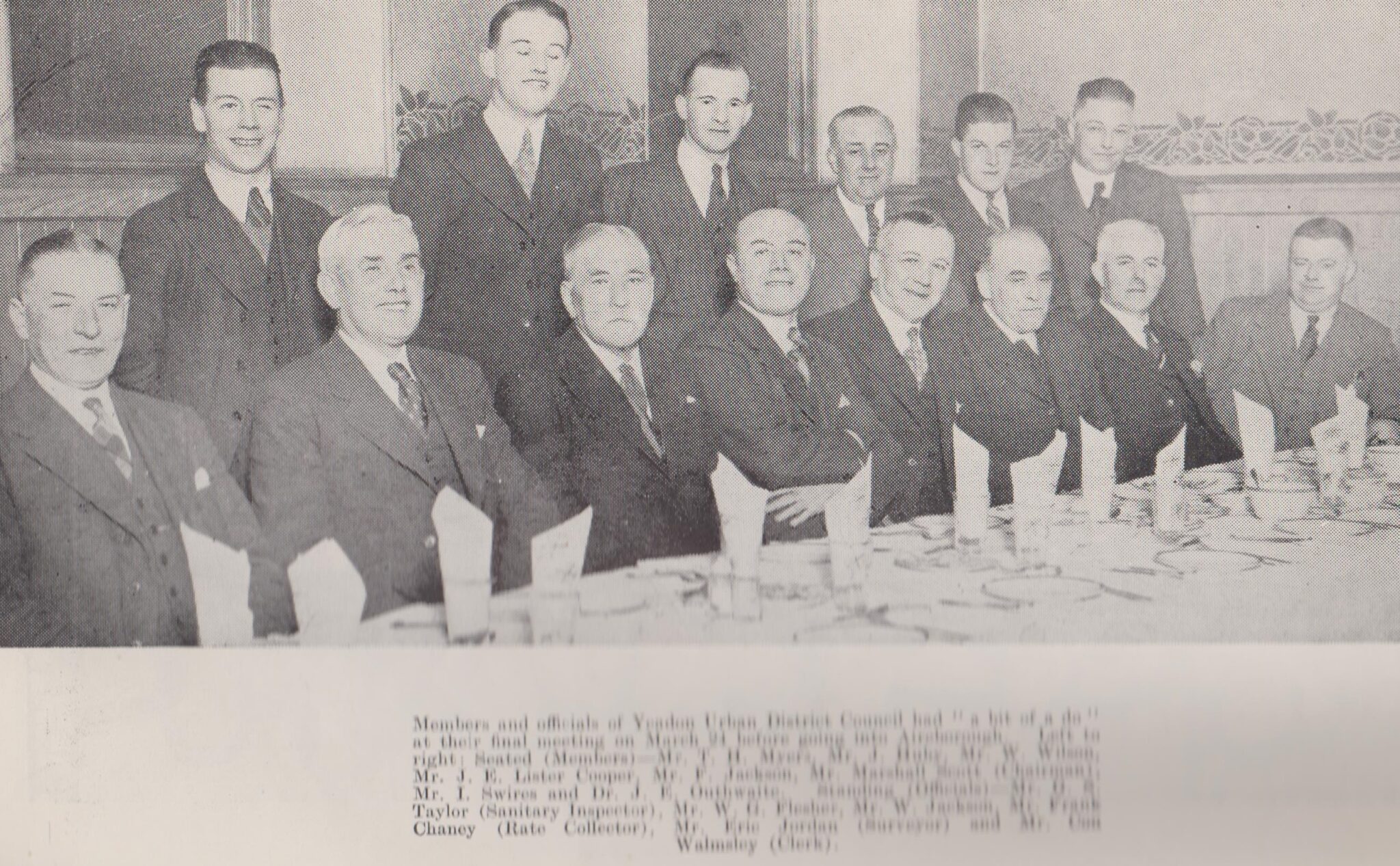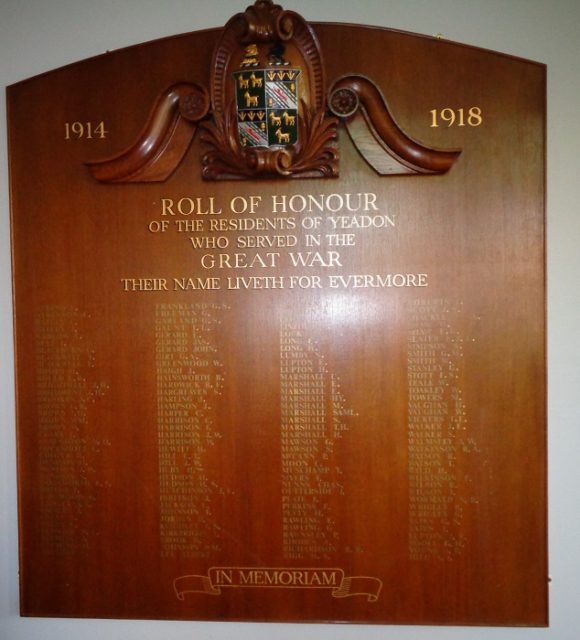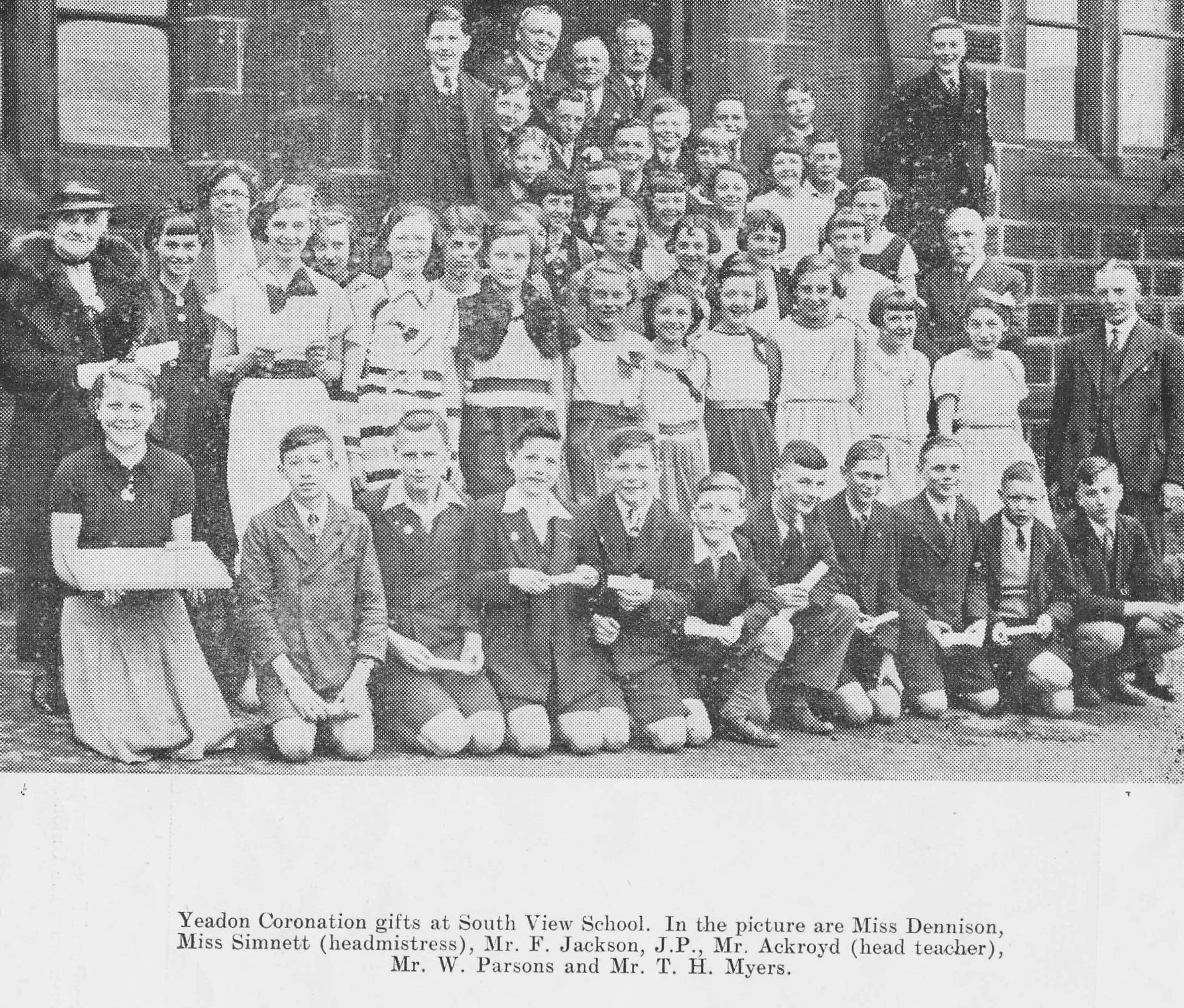A Tale of Two Constantine Families from Coniston
By Sheila Harris
Notes by Susanne Young
A well-attended meeting including a number of members with Constantine ancestors.
Sheila’s interest in her own Constantine forbears began with a sampler inherited from her 2 x great grandmother which she followed up by reading a private publication of House of Constantine (1957) by L.G. Pine.
The Wharfedale Constantines were originally of Norman descent and the earliest record found in the area by Sheila is the death of Henry Constantine in 1520.
The first Constantine family discussed began with Henry second son of yeoman Robert (Sheila’s 8 x great grandfather & possibly a tenant of Francis Clifford). Henry was baptised 1614 in Coniston, attended Glasgow University and was ordained at Carlisle in 1639. He married Ann Heber in 1648 and they lived at Hebden Hall. Henry and Ann had 5 known children: Henry, Christopher, John, Ann & Samuel. Henry was ejected from the Rectory in 1662 and died 1667 (buried Ripley).
- Henry junior also attended Glasgow University & was ordained as a rector, preaching at York Assises in 1683. He married Susannah Puddington of Devon and died 1709 leaving 6 daughters and £6000 of debt. His only son Heber Constantine died 1707. Henry’s daughter Jane married her cousin Richard Constantine and moved back to Yorkshire as did her sister Lydia who married William Stockdale.
- Christopher also attended Glasgow University and became a barrister. He married widow Elizabeth Bellingham 1684 in Westminster and died 1713 leaving no children.
- John also attended Glasgow University and eventually became a cleric too, although he was a school master in Burnsall in 1678. He married Phillippa Quantock and their only daughter Ann died young.
- Daughter Ann married Reginald Bean and her will bequeathed her assets to their only son Reginald Bean.
- Little is known of son Samuel who died 1679 in Gisburn.
The second Constantine family discussed began with another Henry Constantine (Sheila’s distant cousin), born 1686 in Coniston who married Isobel Brown. Their surviving children included John, William, Henry, Alice & Jonathan.
- John born 1721 married Mary Paley in Giggleswick and moved to Settle. They had 13 children and John was buried 1802 in Giggleswick. Two sons Richard & William became successful silversmiths in Sheffield.
- Henry born 1725 Coniston moved to London where he first married Ann Gass in 1754 and later Jane Macey. Henry was a publican and died 1795 in Bethnal Green.
- Jonathan a mercer (draper) also moved to London where he married Margaret Pilon (of French Huguenot descent) in 1769. Jonathan became a Freeman of the City of London in 1765 and died 1799. Uncertainty over the contents of his will led to a court case in 1801.
Sheila’s research showed how the use of wills, Land Tax records, University Alumni and Old Bailey archives, to name but a few resources, can build an effective picture of two Wharfedale branches of a family, many of whom relocated far and wide.
Steve Miller gave a vote of thanks.
Website http://constantine.one-name.net/ (Constantine one name study).














